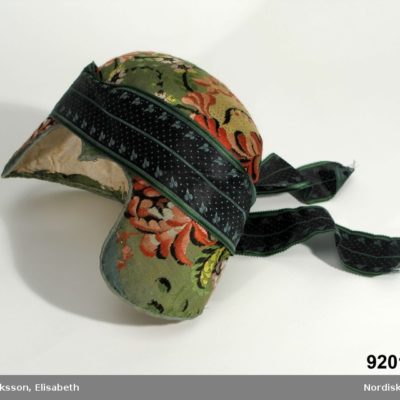
Fashion & History 05.07.2018
03.09.2017
1600s1700sdress historyheadpiece
Wigs through centuries
Although the use of wigs is attested since ancient times, it was between sixteenth and eighteenth centuries that ‘perukes’ – this the way they were called – really became an indispensable accessory, for women as well as (if not more!) for men.
The uses were various: hygienic and medical purposes, but above all wigs were an integral part of ceremonial and occupational dress, able to signal the social role and status of the person wearing one of a particular kind.
At the end of sixteenth century, the syphilis epidemic spread all around Europe, and therefore the members of the upper classes afflicted by the disease attempted to safeguard their reputation and appearance by covering their balding pate with elaborate and apparently perfect peruke, often made with human hair. Samuel Pepys, talking about his brother who acquired syphilis, wrote, “If [he] lives, he will not be able to show his head—which will be a very great shame to me.’
Also spiritual leaders and high ranking officials have been known over the centuries to cover their head when performing their duties. The traditional use of wigs became then part of the dress code of members of the court, professionals, officials.
Louis XIV started balding at 17, so it is reported that he hired 48 wigmakers to save his image. Some time later, Charles II king of England did the same thing, when his hair started to gray, and the members of both the French and the English courts followed their kings.
By the late eighteenth century, the trend started to disappear, but some roles maintained the use of wigs, turning a fashion into enduring tradition